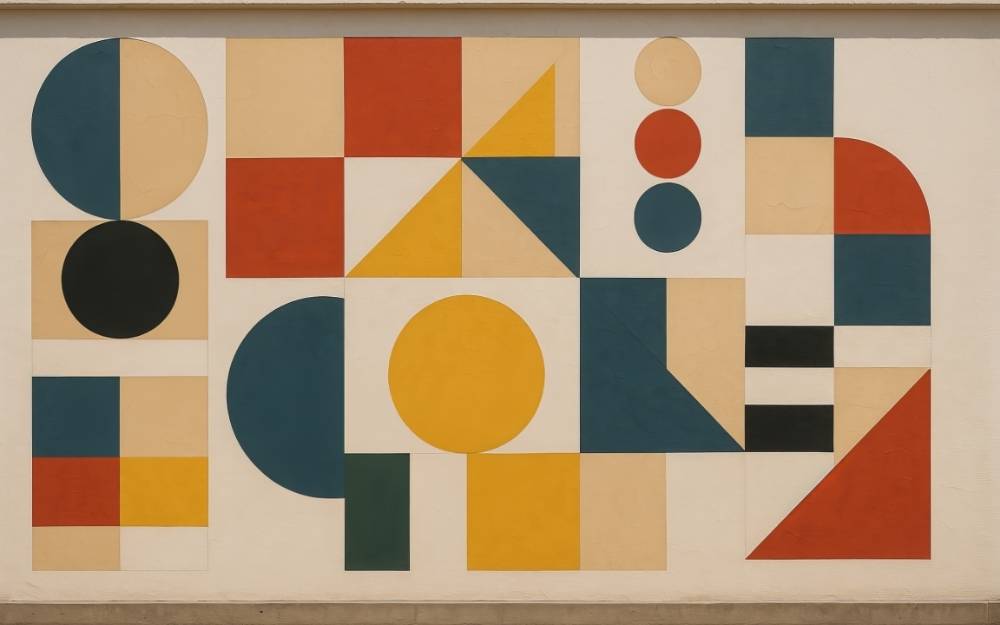Storytelling has always been a powerful human tradition, but in today’s world, it has expanded far beyond books and theater. The creative arts now shape narratives across multiple mediums, blending visual design, music, performance, and digital technology to craft stories that resonate globally. From cinema and stage to digital platforms and interactive experiences, storytelling has become more immersive, emotional, and universal than ever before.
The Expanding Language of Storytelling
The modern audience no longer consumes stories in a single format. Instead, stories are experienced through film, music videos, live performances, video games, and even immersive installations. Creative arts provide the tools to communicate complex ideas without boundaries—merging visuals, sound, and movement into a universal language that connects across cultures.
Visual Arts as Narrative Anchors
In an era driven by attention-grabbing content, visual storytelling plays a central role. Stage design, cinematography, and digital illustration give narratives depth and atmosphere. A single visual moment can capture emotion, context, and meaning faster than words, allowing stories to cut through the noise and resonate with audiences instantly.
Music and Performance as Emotional Drivers
No story feels complete without sound. Music, choreography, and live performance act as emotional amplifiers, shaping how audiences feel about a character or moment. Whether in a film score, a theatrical performance, or an interactive digital project, the performing arts ensure that storytelling isn’t just seen or read—it’s felt.

Technology Expanding Creative Possibilities
Modern storytelling is also shaped by digital innovation. Augmented reality (AR), virtual reality (VR), and AI-driven tools are reshaping how stories are told and consumed. Video games, for example, have become narrative-rich platforms where audiences not only witness a story but actively participate in it. This shift highlights how creative arts and technology intersect to create new ways of engaging audiences.
Cross-Medium Storytelling and Cultural Impact
Today’s most powerful narratives often span multiple platforms. A story might begin as a book, evolve into a film, expand through an interactive exhibition, and live on through fan-created art online. This cross-medium approach extends a story’s cultural reach, ensuring it leaves a lasting impact while adapting to audience preferences.
Why It Matters Today
Storytelling is no longer passive. The blending of creative arts across mediums allows audiences to immerse themselves in experiences that are meaningful, transformative, and deeply human. As boundaries between art forms continue to blur, the future of storytelling promises to be more collaborative, inclusive, and impactful.



